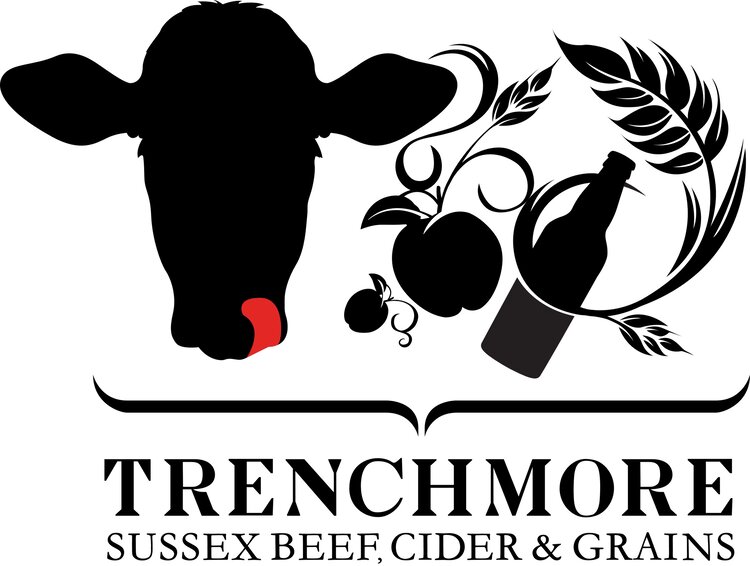Good evening,
News flash: it is warm outside. Very warm. And apparently it’s set to get warmer. Good news for summer vibes, bad news for lots of us (animals, plants and humans) who struggle with the heat, and more record breaking weather is needless to say alarming.
It can also be really harsh on our soils. One of the 5 principles of regenerative agriculture is to ensure our soils are protected from the elements. Being a grass farm, this is relatively easy for us to do. The density of our grass covers the soil across most of our land most the time, and even when we mow for silage and hay we leave enough to keep live roots in the ground and some green life on top.
It is much more of a challenge for arable farms.
The risk of leaving soils bare is that the heat from the sun cooks and kills the very important mycorrhizal fungi and soil bacteria that we need for healthy crops to grow without artificial fertiliser. Bare soils are also much more prone to run off in heavy rain and compaction from machinery. And then there is the very simple fact that if you don’t have plants growing above ground, you won’t have much by way of roots growing below ground, which is exactly what soil life and structure needs to thrive.
One way to protect arable soils from the elements is to sow companion crops or cover crops like oats, peas and clover in between the rows or after the harvest of the cash crops. It’s a little more work than leaving the soils bare until the next cash crop starts to grow, but it builds soil life, supports wildlife and improves the resiliency of our food system so is surely the right thing to do.
Here is a snap of Andrew showing off his soil structure yesterday evening.
This Saturday
We’re serving Wagyu hot dogs in the yard on Saturday, and have beef & lamb available to order online.

